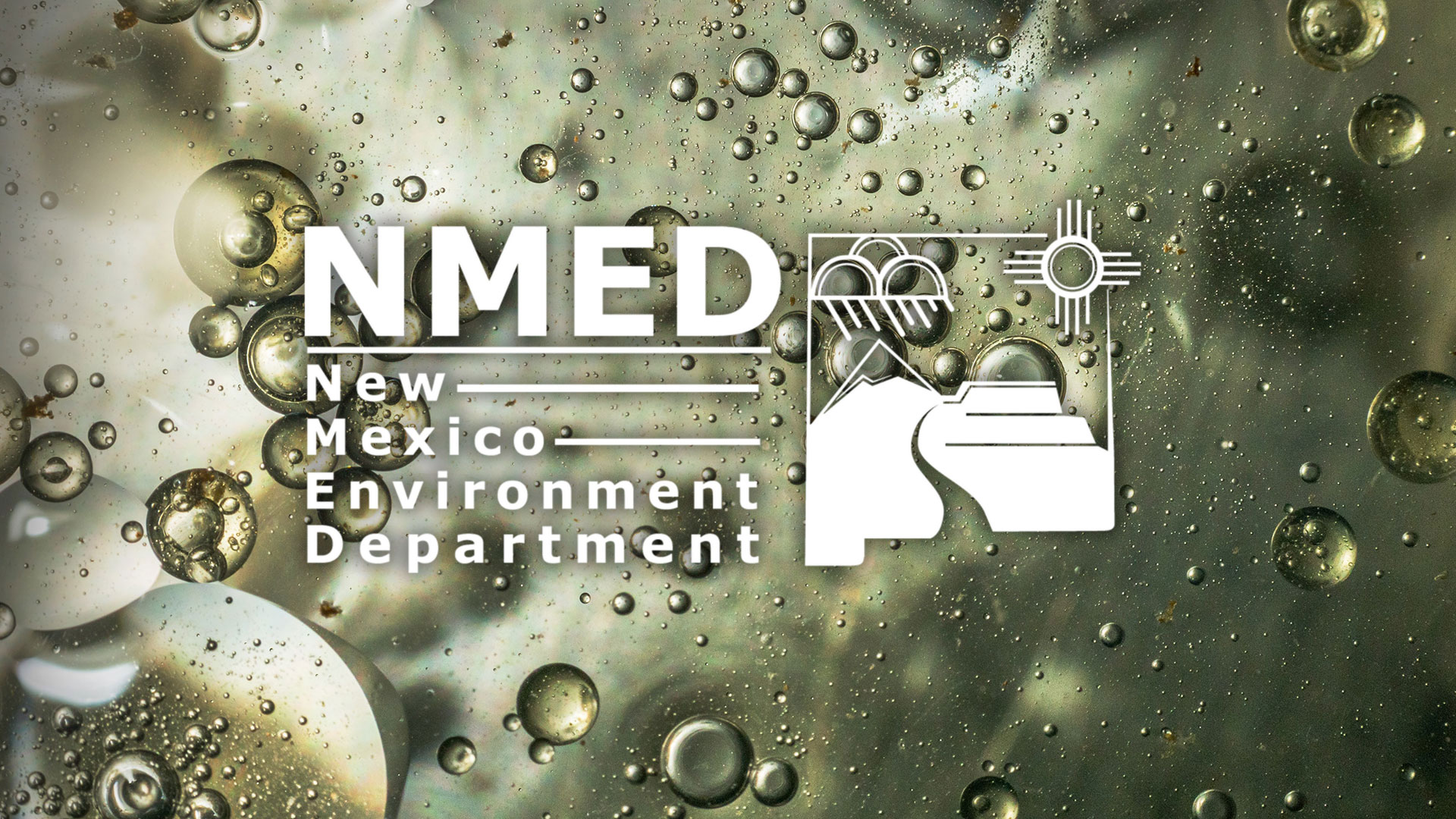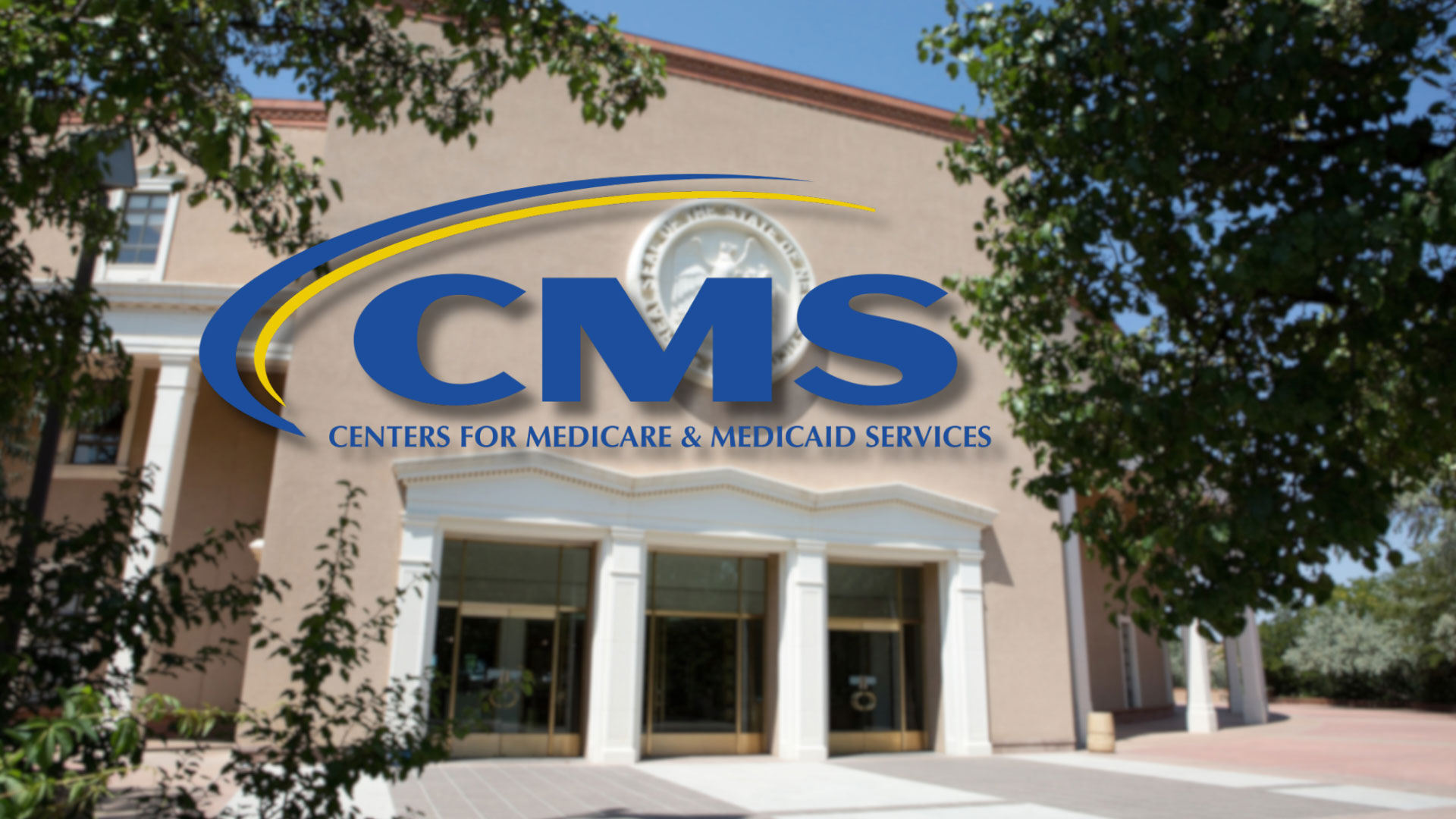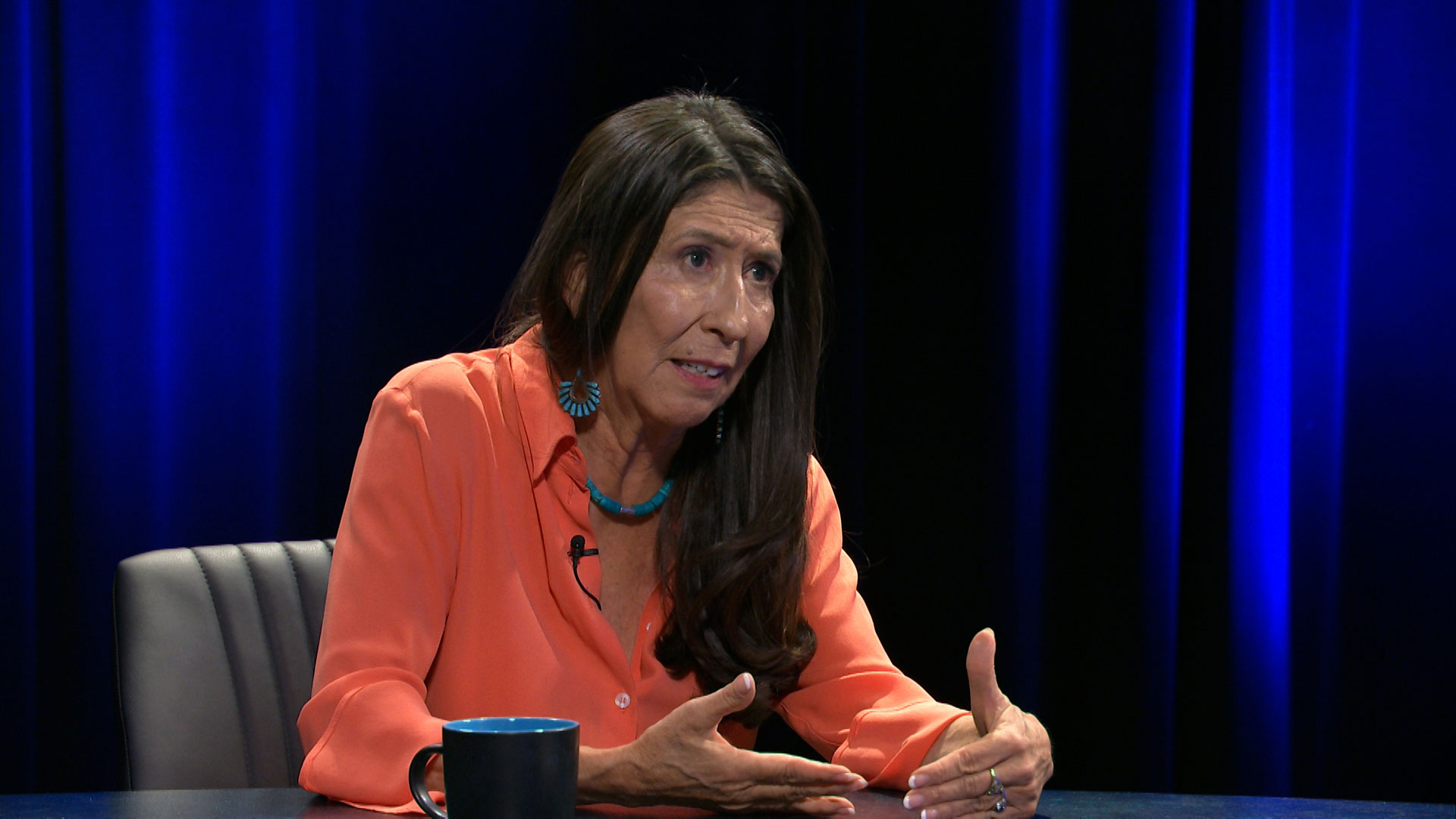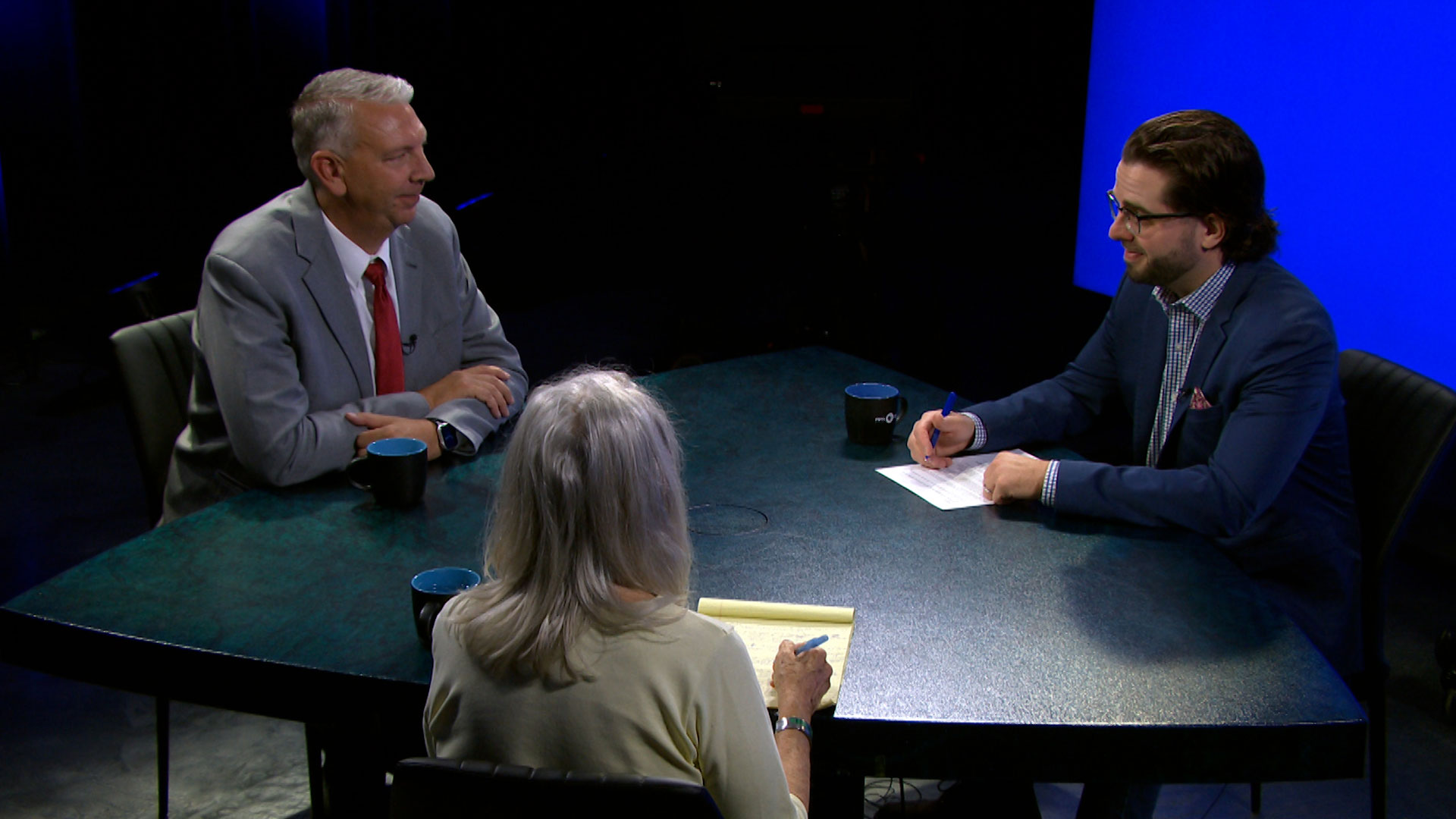Trump’s Medicaid Surgery Could Paralyze NM
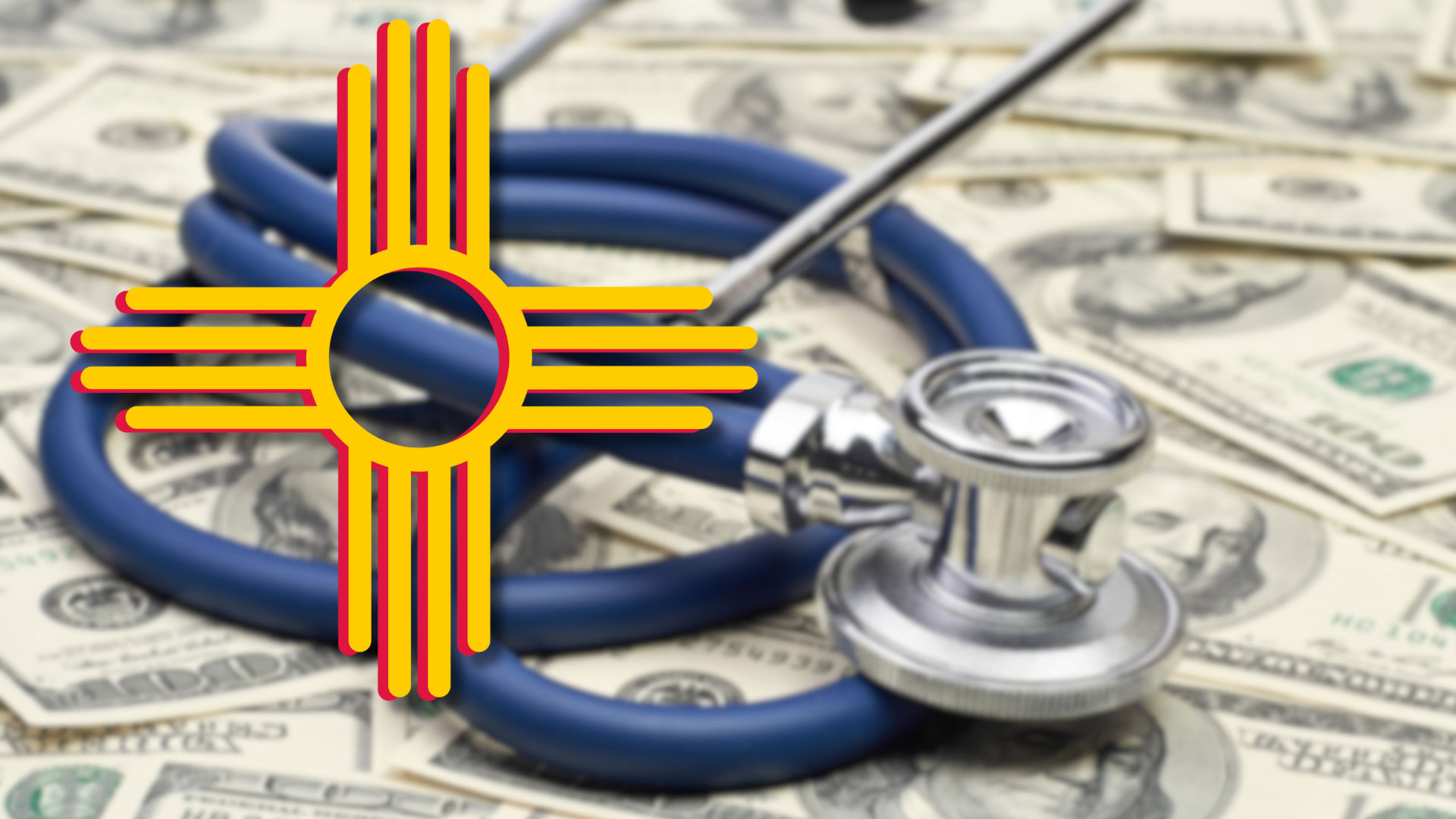
Here at New Mexico in Focus, we have the privilege and challenge of analyzing complex governmental systems and processes that impact us all, yet which few people may truly understand. The federal health care program Medicaid is one of those systems. And after Congress passed the most severe cuts in the program’s history through President Donald Trump’s tax and spending bill last month, millions of Americans will face major changes in how they receive and pay for their health care.
In New Mexico, we’re going to feel it more than any other state in the country. That’s because we have the nation’s highest per capita percentage of state residents reliant on the program. That’s 38.5% of the state’s population, more than 800,000 people. The New Mexico Healthcare Authority estimates about 90,000 people could lose coverage completely through the program by the time all of the cuts are phased in over the next 10 years. Another quarter-million people will have to fork out more money for co-pays, while navigating new work requirements and other added bureaucratic obstacles.
But if you aren’t in that group of more than 250,000 people and you’re thinking of brushing away these changes as something that won’t affect you, think again. They’re going to touch every one of us, starting with people receiving coverage through the program. Moving right on down the line, hospitals, specifically rural health care facilities that rely on funding through the program and its enrollees, are preparing to take a massive hit. Already teetering on the next domino are our health care providers: doctors and nurses whose income is indirectly dependent on the program. And finally, people with private insurance will inevitably have to cover some of the trickle-down costs, while navigating the slow grind of a shrinking health care system.
“It’s going to be quite an ordeal,” Democratic former state Senator Dede Feldman told me during an interview alongside Legislative Finance Committee Director Charles Sallee. “Medicaid is one of those things where the leg bone is connected to the shin bone, is connected to the knee, and so on. So, when you when you change something in one area, it really affects… the price of private insurance, for example.”
Medicaid’s complexity makes it difficult to understand the various tissues holding the program’s anatomy together, but Sallee might be best equipped to dissect it. I asked him if our state’s multi-year oil and gas surplus could backfill the gaps to keep our state from feeling these impacts.
“No,” was his blunt answer.
But he also made sure to point out the runway on these changes is quite long. That’s not necessarily a positive or a negative.
“I think that’s a good reminder for your viewers is this budget reconciliation process is not the normal congressional appropriations process,” he told me. “It’s unlocking changes to programs that are part of what’s called the mandatory federal budget. Things that are really on autopilot… So, when your viewers hear big numbers thrown out when they’re watching the news or other programs, those are over a 10-year period.”
That 10-year process dismantling foundational government support programs will span multiple election cycles. But with each passing year, the task of potentially rebuilding them will become more and more difficult.
-Lou DiVizio, Senior Producer
-
Trump’s Medicaid Surgery Could Paralyze NM
Here at New Mexico in Focus, we have the privilege and challenge of analyzing complex governmental systems and processes that…
-
NM Environment Secretary Advocates to Expand Use of Wastewater
8.22.25 – Last month, state Environment Secretary James Kenney made a rare appearance at a meeting of the Water Quality…
-
How Trump’s Medicaid Cuts Could Close Several Rural Hospitals
8.22.25 – Senior Producer Lou DiVizio asks a former state senator and a leading expert on the state’s finances how…
-
Rep. Leger Fernandez on Trump’s Medicaid Cuts
8.22.25 – We return to our conversation with Host Nash Jones and Democratic U.S. Rep. Teresa Leger Fernandez, as the…
-
How Tens of Thousands in NM Could Lose Medicaid Coverage
8.22.25 – Senior Producer Lou DiVizio sits down for a discussion on Trump’s cuts to Medicaid with Legislative Finance Committee…


